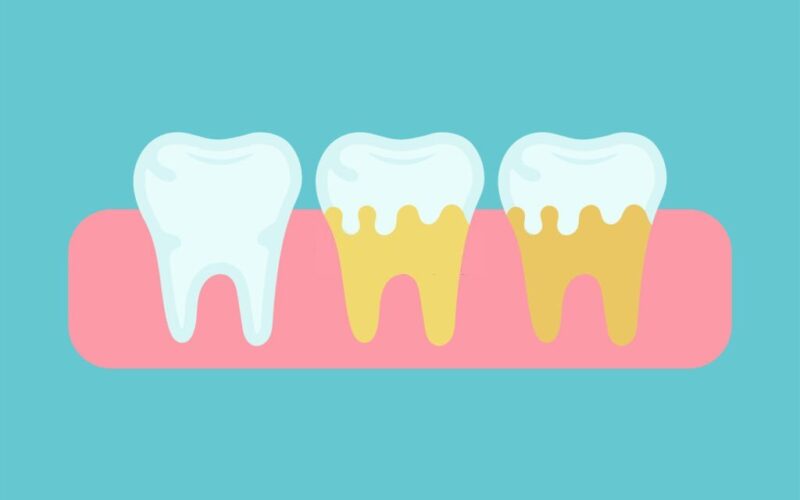Periodontology

Periodontitis is inflammation of the periodontium, which is often confused with gum atrophy. In the case of periodontitis, the process spreads completely painlessly, so patients often only notice it very late. The first signs of periodontitis are bleeding gums during daily brushing and discoloration of the gums. The gums are no longer tight and pink, but the gum line is bright red, inflamed and swollen. However, inflammation of the supporting tissues of the teeth and bone resorption around the teeth are much more important.
The purpose of the planned periodontological treatment is the mechanical removal of the inflamed tissue in the fixing apparatus, deep in the pocket between the teeth and the gums. The inflammation is caused by bacteria that settle deep in the pocket and can even reach the root of the tooth. Bacteria from deeper pockets cannot be cleaned at home. The inflammation around the root of the tooth is caused by bone resorption, so if we do not stop the inflammation with periodontal treatments as planned, a condition with severe bone loss is created, which can lead to the loosening or even loss of the teeth.
Modern periodontal treatments put less stress on the tissues. It is performed under local anesthesia, removing the inflamed tissues from the pocket with a rounded spoon. Thanks to this gentle procedure, surgery is only necessary in case of significant bone loss and very deep pocket formation. The cornerstone of effective treatment of periodontal disease is good oral hygiene at home, as well as regular participation in our professional consultation.
On these consultations, we dedicate ourselves to learning the application of proper oral hygiene: we present the brushing technique, explain how to properly clean the area between the teeth, and – if necessary – introduce other personalized cleaning methods.
